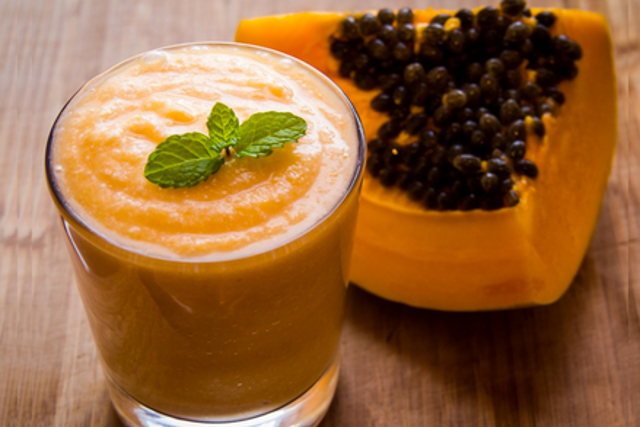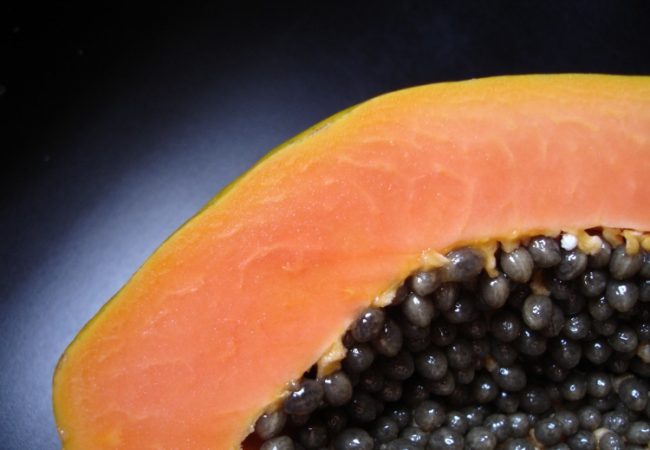The urge to restrain sugar from our diet knowing that its excess contributes to obesity and other health problems is causing many people to wrongly avoid eating fruits.
The New York Times published an article in 2013 called “Making the case of eating fruit by Sophie Egan” in which, many experts say that fresh fruit should not become a casualty in the sugar wars. Actually, Dr. David Ludwig, the director of the New Balance Foundation Obesity Prevention Center at Boston Children’s Hospital said studies have showed that increased fruit consumption is tied to lower body weight and a lower risk of obesity-associated diseases.
“Whole fruits, he explained, contain a bounty of antioxidants and healthful nutrients, and their cellular scaffolding, made of fiber, makes us feel full and provides other metabolic benefits. When you bite into an apple, for example, the fruit’s fiber helps slow your absorption of fructose, the main sugar in most fruits. But fiber is not the full story. You can’t just take an 8-ounce glass of cola and add a serving of Metamucil and create a health food,” Dr. Ludwig said. “Even though the fructose-to-fiber ratio might be the same as an apple, the biological effects would be much different.”
Read full article here.
The USDA recognize fruits are important sources of many nutrients, including potassium, fiber, vitamin C and folic acid, which are vital to maintain our body functioning well and healthy. Most fruits are naturally low in fat, sodium, and calories. Besides that, diets rich in foods containing fiber, such as some vegetables and fruits, may reduce the risk of heart disease, obesity, and type 2 diabetes. Fiber is also important for proper bowel function and fiber-containing foods such as fruits help provide a feeling of fullness with fewer calories.
Thus, doctors advise that is preferable to opt for whole or cut-up fruits as sources of dietary fiber, instead of drinking the fruit juice. According to Dr. David L. Katz, director of the Yale University Prevention Research Center, Chewing the whole fruit slows down consumption compared to when you take an 8-ounce juice and just pour it down the hatch, which not only makes it easier to ingest more calories, but releases fructose faster into the bloodstream. Plus, he said, with juicing, “you reduce some of the metabolic benefit of the fiber by pulverizing it so fine; it changes the physical structure.” Commercially produced juices are particularly concerning since they are often filtered removing fiber altogether. If you opt for juice, tossing whole fruit in a blender rather than squeezing it offers the best chance of retaining most of the fiber, vitamins and minerals.
This way, it is recommended that you eat one to 2-1/2 cups of fruit each day and choose a variety in order to get the most benefits by absorbing different types of antioxidants and nutrients from different types of fruits.
Below, watch a video to find out what are the top 10 healthiest fruits on the planet:
Sources:
http://www.healthyeating.org/Healthy-Eating/All-Star-Foods/Fruits.aspx
http://www.choosemyplate.gov/food-groups/fruits-why.html
http://well.blogs.nytimes.com/2013/07/31/making-the-case-for-eating-fruit/






